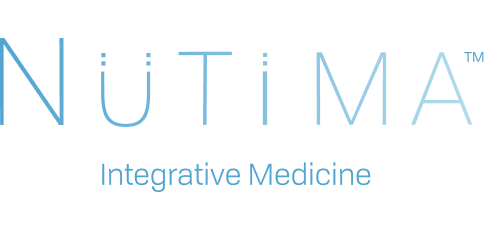© Dr. Eric Yarnell, October 1, 2004.This article may be reprinted in any non-commercial forum as long as it is not altered in any way
Merck’s voluntary removal of Vioxx (rofecoxib) reveals the serious problems with the pharmaceutical model of medicine and highlights the safety of natural medicines.
This “wonder drug” for arthritis has since 2000 been strongly suspected of increasing the risk of heart attacks and strokes, now confirmed by a large study conducted by Merck (see www.vioxx.com for more information).
However, it was never shown to be more effective than older drugs, and now clearly the idea that it would be safer has been proven false. Compare this to herbs or nutritional supplements used for similar indications, such as osteoarthritis, including ginger, willow, devil’s claw, glucosamine sulfate, and vitamin E. These all have incredibly good safety records and work with the body, not against it.
The drug industry tries to hide the fact that its products, taken as directed, are one of the leading causes of death in the US.1 Natural products, though taken by enormous numbers of people, cause very few deaths every year.
The time has come for things to change. Every drug trial funded by the government should be required to have a natural product comparison arm to see if the drug is better or safer than natural alternatives. Drug company employees should never be allowed to work for the FDA or make decisions on approval of drugs. Every clinical trial should be registered before patients are entered so that negative studies can’t be hidden or suppressed. And FDA should require longer duration studies to look at the safety of drugs before they are approved. And drugs should be more often reserved for those patients who don’t respond to safer, cheatper, natural alternatives and not the first line of treatment.
The next time you see a drug ad on tv, remember, let the buyer beware.
